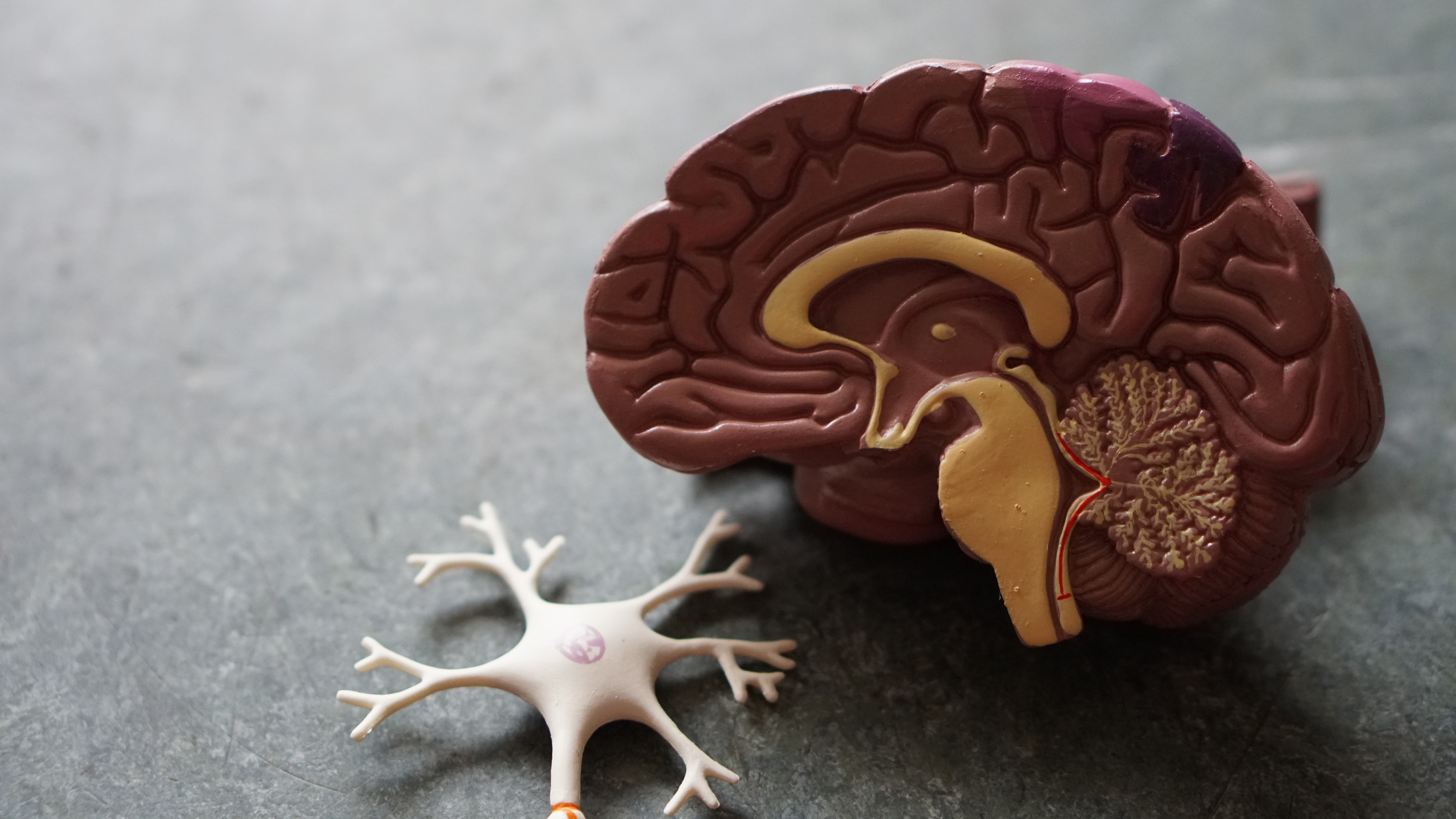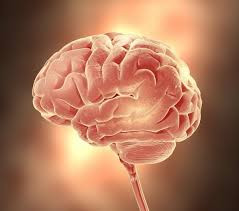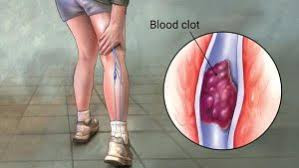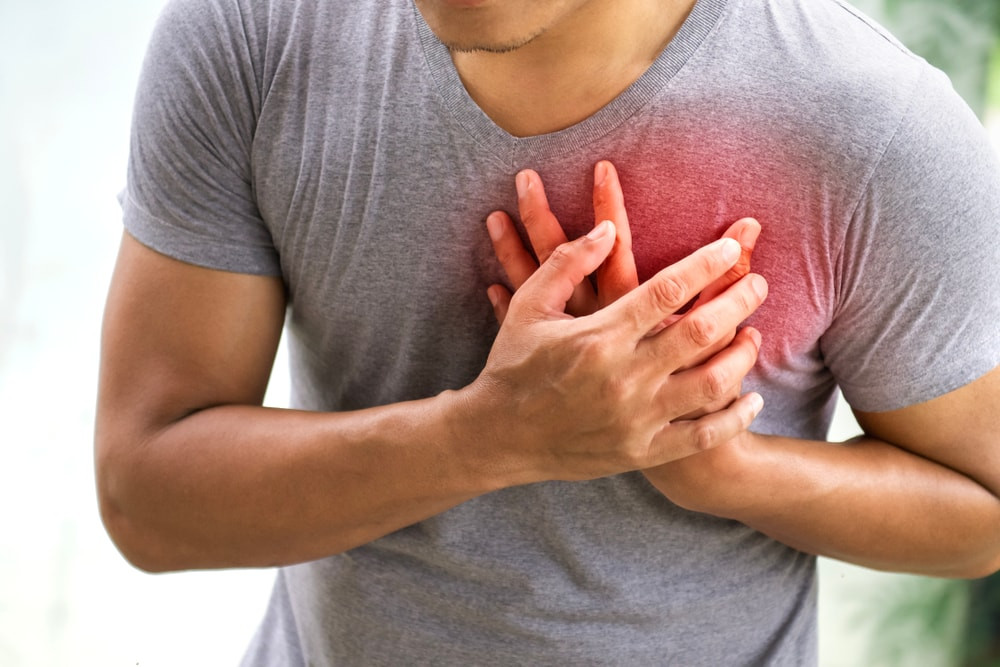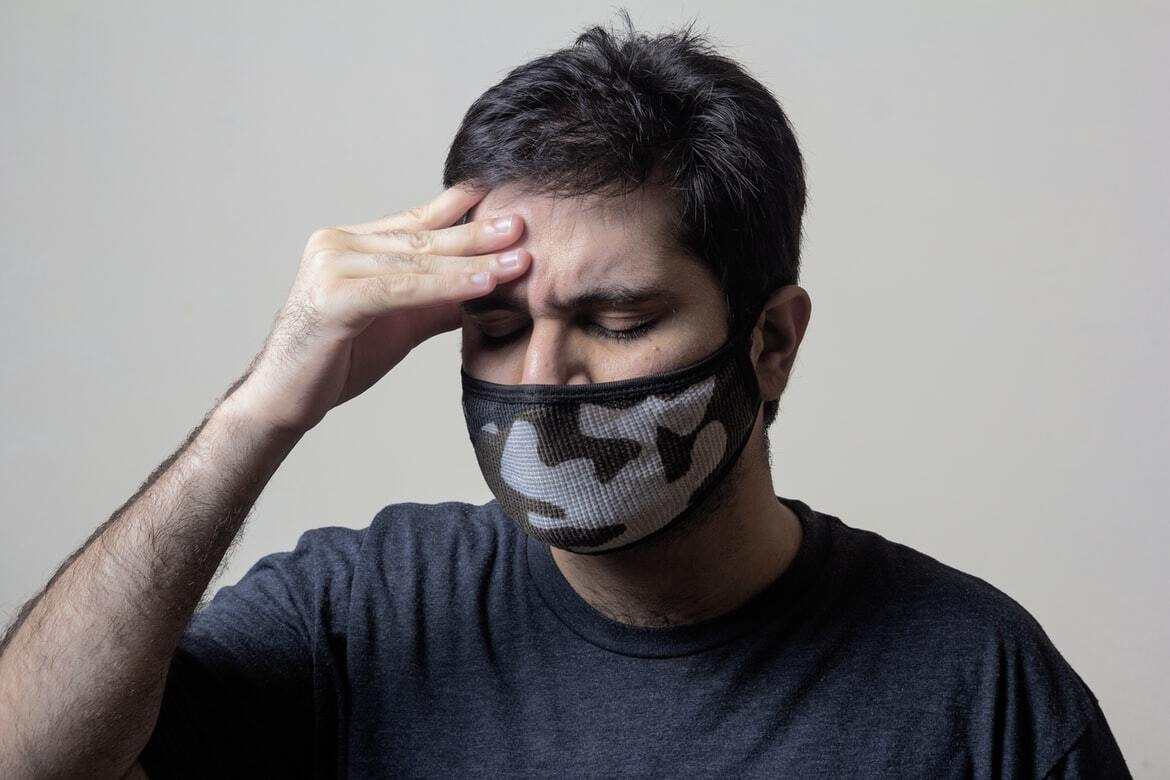Definition
Ischemic stroke is a medical emergency that occurs in the brain when the blood supply to a specific part of the brain is blocked. This can be caused by several factors such as a blood clot or fatty plaque blocking a brain blood vessel. This condition is critical and can cause permanent damage. There are two types of strokes: ischemic stroke and hemorrhagic stroke (a stroke caused by the rupture of a blood vessel in the brain). Ischemic stroke occurs more frequently than hemorrhagic stroke.
According to the Basic Health Research (RISKESDAS) in 2018, the prevalence of stroke in Indonesia increased from 7/1000 people in 2013 to 10.9/1000 people. This shows an increasing trend in stroke incidence and highlights the importance for the public to recognize the symptoms and causes of stroke.
Causes
The cause of ischemic stroke is the blockage of a brain blood vessel or events that can cause the stoppage of blood flow to the brain, such as head injury. The blockage can be due to blood clots or a drop in blood pressure causing insufficient blood flow to the brain. Blood clots can form in the brain or originate from other blood vessels.
Risk factor
Several known risk factors can increase the likelihood of a stroke, including:
- Age: Increasing age is one of the causes of stroke.
- Long-standing migraine headaches.
- Muscle disorders like fibromuscular dysplasia, which can cause blood vessel narrowing.
- Family history of TIA (Transient Ischemic Attack) or stroke.
- Hypertension.
- Diabetes mellitus.
- Heart disorders such as arrhythmias, heart failure, or valve abnormalities.
- Blood disorders like sickle cell anemia.
- High cholesterol levels.
- History of TIA.
- Obesity.
- Alcohol consumption.
- Smoking.
Chronic inflammation in the body and a family history of stroke contribute significantly to the formation of atherosclerosis. Atherosclerosis is the buildup in blood vessels consisting of fat, cholesterol, and other components on the vessel walls. Some stroke risk factors can be modified by changing lifestyle and diet.
Symptoms
Symptoms experienced by someone related to the location of the blood vessel blockage in the brain so that symptoms can vary from types of weakness or disturbances to the severity of the condition. Symptoms that may be experienced if you have an ischemic stroke include:
- Difficulty speaking (slurred speech) or appearing to speak incoherently. This can be seen from the way of speaking or pronouncing words.
- Difficulty moving limbs or sudden numbness. Symptoms can be seen in the whole body starting from the face, hands to feet, and tend to occur on one side. The face can appear different on the left and right, hands may be immobile on one side, and walking may seem limping on one side.
- Difficulty seeing on one side or in both eyes. This can be caused by a stroke attacking the blood vessels in the eyes, causing sudden vision problems.
- Sudden severe headache without preceding symptoms. If experiencing a severe headache accompanied by loss of consciousness and vomiting, it is suspected to be a hemorrhagic stroke and not an ischemic stroke.
- Sudden loss of balance control.
Stroke tends to occur suddenly, and prompt treatment is essential to prevent more extensive complications or damage to the brain or affected organs.
Diagnosis
If you or someone close to you experiences any of these symptoms, go to the hospital immediately for proper treatment. Several examinations can help diagnose ischemic stroke at healthcare facilities, including:
- Blood tests: Blood tests are conducted to evaluate an individual's condition and identify the cause of the stroke. Complete blood count, electrolyte tests, and cholesterol levels can be examined.
- CT-Scan: A CT scan is a radiological examination using x-ray technology and computers to reconstruct the scan results. The CT scan result will show slices of the examined tissue. In ischemic stroke cases, a head CT scan will be conducted, with or without contrast.
- MRI (Magnetic Resonance Imaging): An MRI uses powerful magnets to provide detailed images of body tissues.
- Neurological examination: Conducted by a doctor to identify abnormalities caused by the blood vessel blockage.
If you suspect someone is having a stroke, a simple test is to remember the word "FAST":
- Face: When smiling, one side of the patient's face appears droopy or weak.
- Arms: When raising both arms simultaneously, one side is weaker than the other.
- Speech: The patient has slurred speech or sounds different when pronouncing words.
- Time: The patient should be taken to the nearest hospital or healthcare facility immediately for appropriate and prompt treatment.
Management
In ischemic stroke cases, the treatment goal is to save as much of the blood-deprived tissue as possible. This area, called the penumbra, can be saved if blood flow is restored. Restoring blood flow can improve the effects of an ischemic stroke if done quickly. One treatment is blood-thinning therapy or anticoagulants, aiming to dissolve the blood clot causing the blockage. This therapy can be administered via intravenous injection or infusion. Additionally, doctors will provide medication to protect brain tissue.
Complications
Complications in ischemic stroke cases are related to the location of the blood flow disturbance. Possible complications include:
- Limb or muscle weakness, typically on one side, moving difficult and causing numbness.
- Difficulty speaking or swallowing, due to muscle problems in the throat, and trouble understanding speech or expressing thoughts.
- Memory problems, affecting memories or decision-making abilities.
- Emotional disturbances.
- Persistent pain in certain body parts.
Complications from ischemic stroke are permanent, requiring specific monitoring and treatment.
Prevention
Ischemic stroke can be prevented by improving lifestyle, such as:
- Quit smoking: Smoking can cause high blood pressure and damage blood vessels, leading to clot formation and stroke.
- Change diet: If you have high blood pressure, consume low-salt foods and regularly eat fruits and vegetables.
- Increase physical activity: Regular exercise has many benefits, including lowering blood pressure and cholesterol, and preventing obesity.
- Regular health check-ups: Conditions like high blood pressure, high cholesterol, heart problems, and diabetes have a high risk of causing stroke in the future. Regular check-ups can prevent complications from ischemic stroke.
When to see a doctor?
Go to the nearest hospital immediately if you or someone close to you experiences symptoms such as:
- Sudden numbness in the face, hands, feet, or other body parts on one side.
- Confusion or difficulty speaking, such as mispronunciation or incoherent speech.
- Blindness in one or both eyes.
- Sudden and severe headache with no known cause.
Looking for information about other diseases? Click here!
- dr Nadia Opmalina
Ischemic Stroke: MedlinePlus. Medlineplus.gov.
Cauch, E. (2021). Ischemic Stroke Clinical Presentation: History, Physical Examination. Emedicine.medscape.com.
Kemenkes, R. (2019). Laporan Nasional Riskesdas 2018. Badan Penelitian dan Pengembangan Kesehatan.
Types of Stroke | cdc.gov. Cdc.gov. (2021).
Hui, C., Tadi, P., & Patti, L. (2021). Ischemic Stroke. Ncbi.nlm.nih.gov.
Stroke - Symptoms and causes. Mayo Clinic. (2021).


